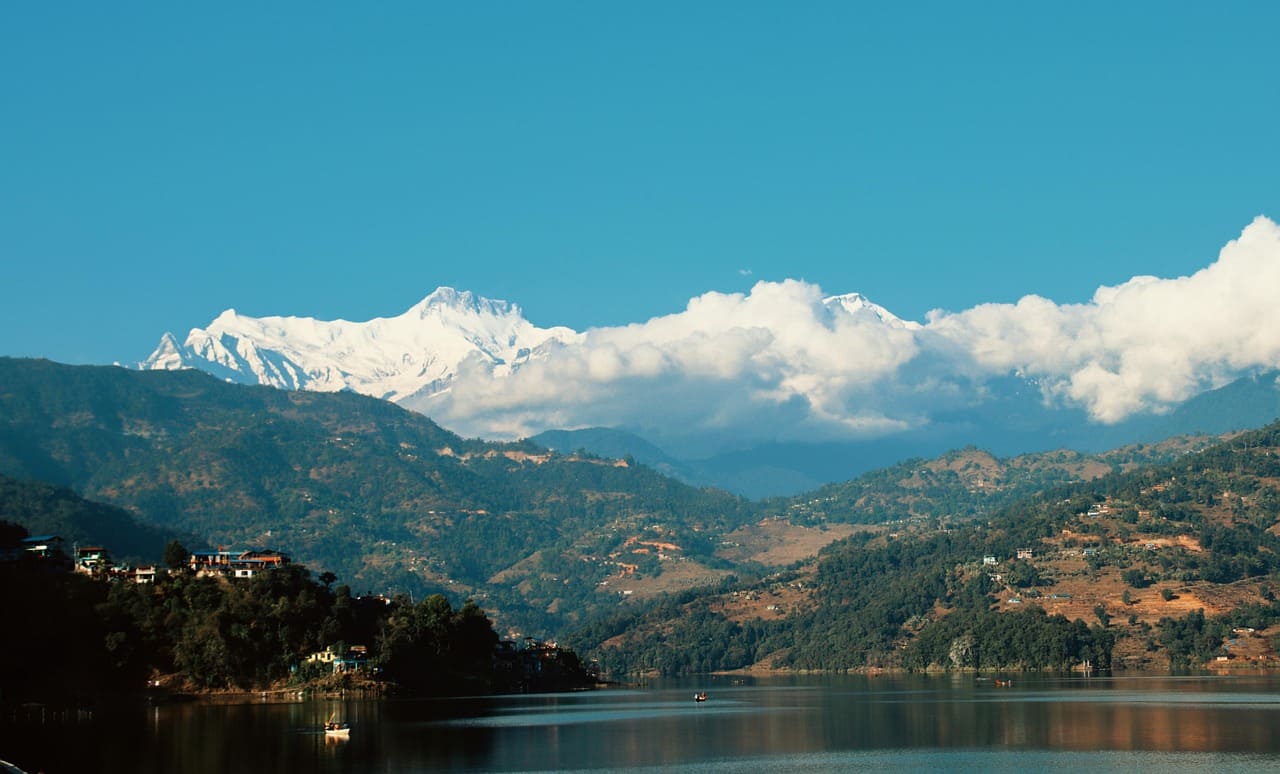The Annapurna Base Camp (ABC) Trek is one of the most rewarding and picturesque treks in Nepal. It takes you through lush forests, traditional Gurung and Magar villages, terraced fields, and eventually into the heart of the Annapurna Sanctuary. While it’s not the most extreme trek in the Himalayas, staying safe is essential especially when you’re trekking in high altitudes and remote areas. Here’s a complete guide on how to stay safe during the Annapurna Base Camp Trek.
Get Proper Permits
Before you begin the trek, ensure you have the following permits:
-
TIMS Card (Trekkers’ Information Management System)
-
ACAP Permit (Annapurna Conservation Area Project)
You can get these in Kathmandu or Pokhara. Always keep multiple copies, and keep one set in your daypack in case of checks.
Trek with a Guide or Porter (Especially If You’re a Beginner)
While it’s possible to do the trek solo, having a licensed guide or porter greatly enhances safety:
-
They help you navigate trails and avoid risky paths.
-
They understand altitude sickness and local hazards.
-
They can help in emergencies or in arranging rescue if needed.
Beware of Altitude Sickness
The highest point of the trek is Annapurna Base Camp at 4,130 meters. Altitude sickness can still affect you.
How to prevent it:
-
Ascend gradually and take rest days if needed.
-
Stay hydrated (3–4 liters of water daily).
-
Avoid alcohol and smoking during the trek.
-
Recognize symptoms: headache, nausea, dizziness, loss of appetite.
-
If symptoms worsen, descend immediately.
Optional: You can carry Diamox after consulting a doctor before your trip.
Stay on the Marked Trail
Many accidents happen due to straying from the main trail, especially in bad weather or snow-covered areas. Avoid shortcuts and:
-
Ask locals or guides if unsure.
-
Do not trek after dark.
-
Keep your group in sight at all times.
Pack the Right Gear
Make sure your gear supports safety and comfort.
Essentials include:
-
Good hiking boots (broken-in and waterproof)
-
Warm layers (fleece, down jacket, gloves)
-
Rain gear
-
Headlamp with spare batteries
-
First aid kit
-
Map or GPS (if trekking independently)
-
Water purification tablets or bottle
In winter or early spring, microspikes or crampons may be necessary due to ice on the trail near Machhapuchhre Base Camp (MBC) and ABC.
Stay Informed About Weather Conditions
The Himalayas are unpredictable. Sudden snowstorms, avalanches, and landslides can occur. Check:
-
Daily weather updates from lodges or locals
-
Government or trekking agency updates
Avoid trekking during heavy monsoon (June to August) and be cautious during winter (December to February) due to snow and avalanches.
Respect Local Customs and Nature
-
Do not disturb wildlife or cut vegetation.
-
Respect religious sites and local norms.
-
Always ask before taking photos of locals.
Being culturally respectful also ensures that you get help and support if ever in need.
Have Emergency Contact and Insurance
-
Carry a fully charged phone and power bank.
-
Register your itinerary with your embassy or friends/family.
-
Have travel insurance that covers high-altitude trekking and helicopter evacuation.
Most helicopter rescues in Nepal are expensive ($3,000–$5,000), and insurance is a lifesaver in emergencies.
Avoid Trekking Alone in Off-Seasons
In off-seasons (monsoon or peak winter), the trail is quieter, and many lodges might be closed. If you must trek during these months:
-
Go with a group or guide
-
Inform someone of your daily itinerary
-
Be extra cautious with trail conditions
Listen to Your Body
Don’t push too hard. Trekking is not a race. If you feel tired, short of breath, or dizzy:
-
Take a break
-
Eat high-energy snacks
-
Descend if symptoms get worse
Final Thoughts
The Annapurna Base Camp trek is a moderate to challenging trek that is accessible to most fit trekkers but safety should always be the priority. With a bit of preparation, the right equipment, and local knowledge, you can enjoy the beauty of the Himalayas with peace of mind. Stay informed, stay alert, and embrace the adventure responsibly!


